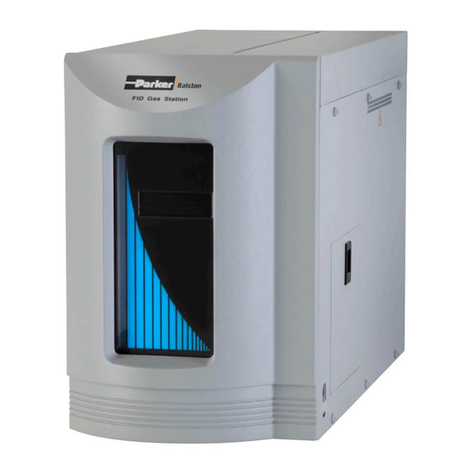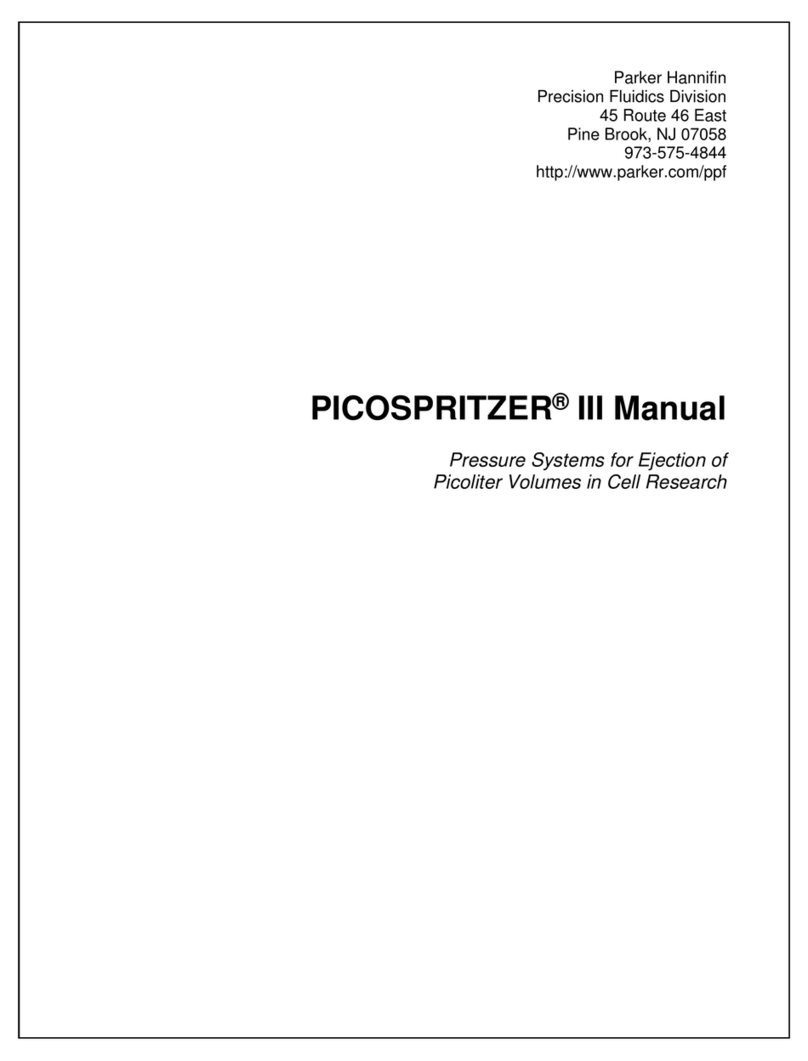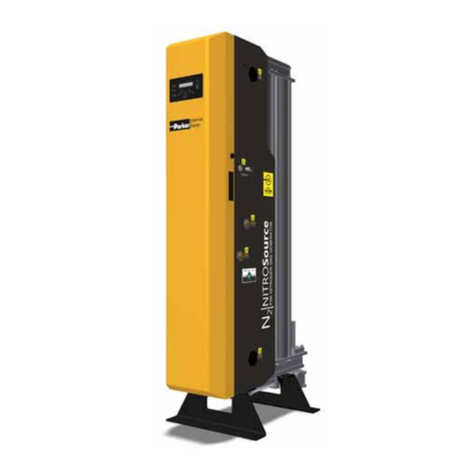
8
Hardware
Specifications
Dimensions W: 5.75¨ (14.6 cm); Height 8.5¨ (21.2 cm); D: 11¨ (27.9 cm)
Weight 14 lb (6.4 Kg)
Enclosure Aluminium / Steel; Corrosion Resistant, Recessed Handle.
Pump Head / Motor Options
1.
Tandem™ 1082 peristaltic pump head with 600-RPM motor
Thick-walled (0.090¨) pump tubing: #15, 24 and #35. Flow Range: 59 to
2258 mL / min. Recommended for most applications.
2.
Tandem™ 1081 peristaltic pump head with 160-RPM motor
Thin-walled (0.060¨) pump tubing: #13, 14, 16, 25, 17, and #18. Flow Range: 0.5 to
554 mL / min. Recommended for small aliquots at reasonable speeds.
3.
Tandem™ 1081 peristaltic pump head with 8-RPM motor
Thin walled (0.060¨) pump tubing: #13, 14, 16, 25, 17 and #18.Flow Range: 0.03 to
24.3 mL / min. Recommended for very small aliquots
where speed is not an issue.
4.
Piston and Magnetic Gear Heads
Also available as your application requires.
Pressure Sensors Accommodates one SciPres® pressure sensor using the P1 Port.
P2 and P3 Ports may be used as alternates. Pressure is used for monitoring
and alarms. The user selects P1, P2 or P3 as the pressure source.
Pressure Displayed With a resolution of 0.1 psi (0.007 bar); choice of psi, bar, kpa.
Pressure Range: 0-60 psi
(0 - 4.14 bar)
The default pressure range of the sensors is 0-60 psi (0 - 4.14 bar), and is
calibrated at the factory. Most peristaltic pumps generate pressures up to
40 psi (0 - 2.76 bar). This can be re-calibrated using an external pressure
reference source.
Electrical
Power 100-240 V , 47-63 Hz, 150 VA, listed Class 2 switching power supply.
Double fused: 1A-T, 250V (CE: IR35A 250V ).
Battery CR1220, used to support the internal clock only, not user serviceable.
Motor
Encoder
Choice of four motors: 8, 160, 600 and 3400 RPM at 24V, 3.8 Amperes,
Variable Pump Speed optically encoded servo-controlled motors.
Not all heads can accommodate all motors.
100 lines per / rev. for 600-RPM motor.
120 lines per / rev. for all other motors.
Software
Weight Ratio
Mode
Volume
Dispense Mode
Auto-weighing and dilution of samples with pressure monitoring.
Programmable batch dispensing by volume with pressure monitoring
Weight
Dispense Mode Programmable batch dispensing by weight with pressure monitoring
Setup Mode Selection of user preferences and interface options
Manual Mode Manual pump control with pressure monitoring, no alarms.


































